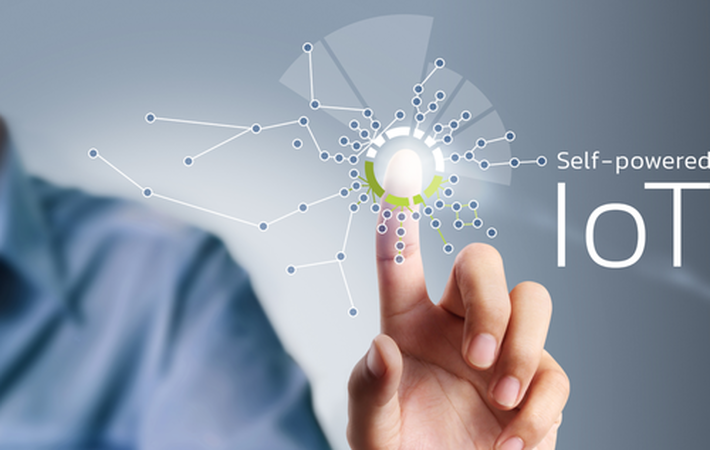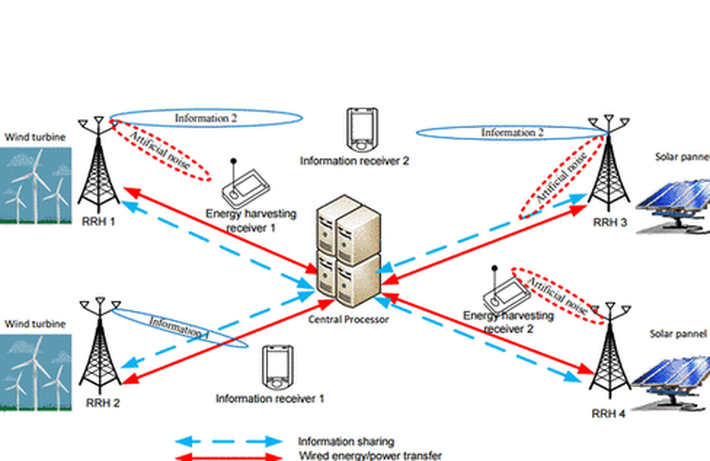
Published on 12/13/2016 | Use Cases
Energy harvesting is fascinating, free and is everywhere. Applications of ambient energy sources are limited only by imagination. Solar, wind, thermal, RF are some of the well-established energy harvesting techniques. In my last post, I highlighted the reasons for powering IoT devices using ambient energy harvesting. It can not only reduce the maintenance cost by a huge amount, but also needed for sustainable future. We concluded that an IoT network should be self-powering, long lasting, and almost maintenance free.
I recently finalized my master’s thesis research on radio access techniques in energy harvesting based wireless sensor networks (WSN). In this post, I will try to accumulate the challenges I faced during my research which were introduced by energy harvesting environment. Although promising, energy harvesting cannot power IoT nodes in all kind of applications. It is not always feasible to obtain energy from the ambient sources. Why? Let’s see!
Solar energy is vastly used in many household and industrial applications around the globe. We also know that solar cells can harvest energy only in the presence of the Sun. No energy is harvested during the nights. Clouds can appear or disappear which can affect the harvesting process. Not just solar, but all energy sources are unpredictable. We can never predict the amount of energy we will harvest at some time of the day. Energy prediction models can help us to predict the incoming energy based on the past energy levels but more than often, we don’t trust them so well.
Energy arrival unpredictability can make things complex for network designers. Node placements, routing decisions and duty cycles operations are few of the many such complexities. It was comparatively easier in battery-operated devices as the residual energy of the battery is same for all devices and can be easily calculated because of well-establish battery energy storage models.
While designing protocols for energy harvesting based WSN, the objective is to harvest enough energy for the perpetual network operation i.e. ENO(Energy Neutral operation), and to transfer the data in the most efficient way possible i.e. energy efficiency. Location of the network can limit the harvesting process and thus, the incoming energy. Indoor networks scavenge different amount of energy than the outdoor networks. For instance, solar energy harvesting values will be much higher for the outdoor than the indoor node operations. As shown in above figure, RF harvesting is another such example where location plays an important role in network design, as RF signals are prone to multi-path fading, shadowing etc.

A quick summary on energy sources and the scavenged energy using available harvesters.
When using energy harvesting, there is a point to be considered—striking a balance between power generation and power consumption. This is because the device will not work if the power generation is smaller than the power to be consumed by the device. A famous WSN transceiver is TI CC2500 which requires 21.2mA of current at 0 dBm (check datasheet), which is high from harvesting point of view. Although the generating characteristics of power generating elements are improving year by year, it is difficult to continuously deliver sufficient power to a device on an ongoing basis. A way to solve this is to collect the generated power in a capacitor and execute sensor operation at intervals, resulting in a method that balances the power generation with the power consumption.
To do this, the designer needs to have an accurate understanding of the generating environment for the power generating element, the power generated, and the time required, as well as the device power consumption and consumption time. Figure in the right illustrates the important points using power generating time, power collecting time, and power consumption time to solve the balance of power generation, power collection, and consumption.
Regarding the selection of wireless communications for a IoT terminal, the selection must be matched to the purpose, just as for the power generating element. Key aspects include the communication distance, the type of network to be built, the data transmission amount, the application, and the power consumption. When used in combination with energy harvesting, the key point is low power consumption, so wireless technologies in focus are EnOcean, ZigBee and Bluetooth LE.
When operated in low power (< 0 dBm), the transmission range for such IoT devices is quite low in the order of few meters. Hence comes the need for multiple base stations or multi-hop data transmissions. An energy-efficient routing decisions are necessary to make best use of the available harvested energy. Once again, this topic will be explored in the next post.
Conclusion
Designing energy harvesting based IoT devices faces several challenges, such as choosing an appropriate type of energy harvester and energy storage, and a good duty cycle that gives the best efficiency. The most difficulty in energy harvesting systems is unpredictability and uncertainty of produced power. The level of available power is low, variable and unpredictable. The metrics of interest for harvesting-powered systems are beyond the battery- powered ones. While the latter aims the maximum lifetime, the former seeks the maximum system availability as well. However, even if a harvesting system can provide unlimited energy in theory, the produced power is unpredictable. Thus, power storage elements, like super-capacitors, are used to store energy for later use. When the available energy is high, the node stores the extra produced power in power storage. However, these power storage are finite and unable to provide perpetual power by themselves. Thus, power management techniques in WSNs must be adapted to make the system available even in long time lack of power. An in-depth understanding of these challenges is required to design an efficient wireless network, which is influenced by the interaction of numerous factors, like features of power generators, transducers, power storage, power management methods and application requirements. I am waiting for high efficiency energy harvesters as well, which can drive many applications.
This article was originally posted on LinkedIn.